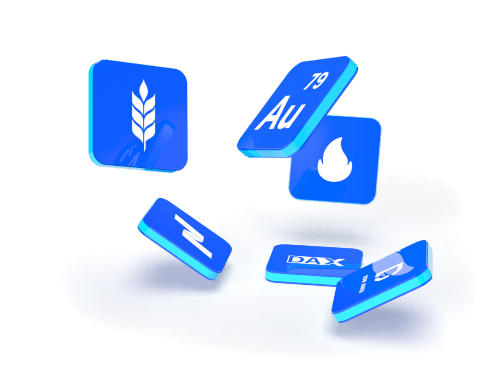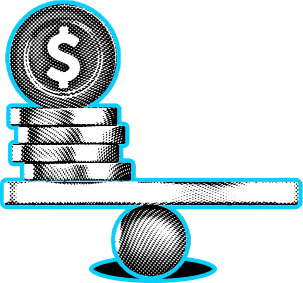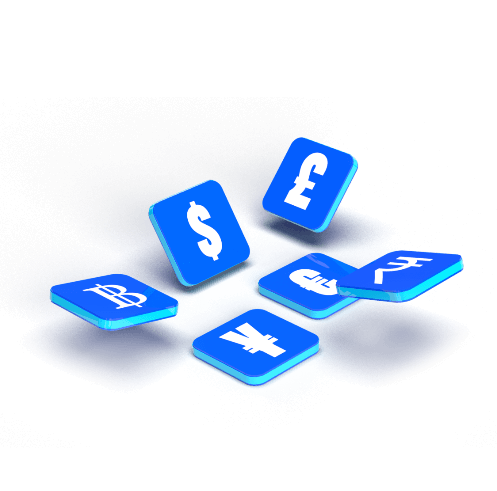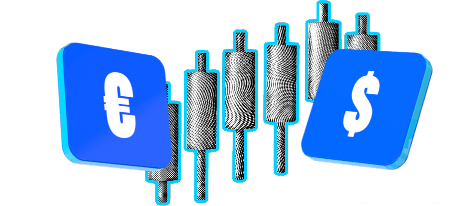What is CFD trading?
With Scope Markets you can trade global markets and various financial instruments on Forex, Shares, Metals, Indices and Spot Energies.


How to trade CFDs?
Using Leverage when trading CFDs can deliver enhanced return for traders, but at the same time can lead traders to losing their whole invested capital. For this reason, traders should only invest the amount that they can afford to lose.
CFD trading example
CFD rising market trade example
Let’s assume you buy 100 CFD contract on Scope Markets for L'Oreal SA (ORFR) shares at $98 per share. A CFD contract on L'Oreal SA consists of 1 share. Now L'Oreal SA shares go up to $100 and you close your position. Your profit is (100-98)*100 = $200.
CFD falling market trade example
Let’s assume you sell 100 CFD contact on Scope Markets for Siemens AG (SIEDE) shares at $100 per share. The CFD contract is the same as previous example. Now Siemens AG shares go down to $95 and you close your position. Your profit is (100-95)*100 = $500.
Award Winning Platform
Automated Execution
+40
Forex Pairs
Competitive Spreads
Risk Management Tools
5*
Customer Service
What is Forex trading?
The Forex market is open 24/5. Prices are influenced by different economic and geopolitical factors, which can trigger quick price movements and increase market volatility.
CFDs on FX are leveraged products. That means that your broker will enable you to open positions which are larger than the actual amount of money you have deposited in your trading account. Leverage is typically expressed as a ratio. For example, 1:1000 leverage means that for every $1 deposited in your trading account, you can open a position worth $1000. Deposit $10,000 in your trading account and with 1:1000 leverage, you would effectively be able to open $10,000,000 worth of trades. While leverage can multiply trading results, cautious use is always advised as it can also multiply losses.


How to trade Forex
Forex currencies are traded in what we term Lots. A Standard Lot is equivalent to 100,000 units of the base currency and the equivalent amount in the quote currency.
Forex trading example

BUY Example trade example
Let’s illustrate this with a continuation of our EURUSD example. Further, let's assume the account is in US dollars. The price for the pair was 1.05000. If we believe the EUR will appreciate in value against the USD, we will enter a BUY trade. If we BUY 1 Lot of EURUSD we now 'own' 100,000 EUR and owe the market 105,000 USD. Our Buy prediction was accurate, and the EUR increases in value and the rate is now 1.07000. To close the trade, we would sell our 100,000 EUR for 107,000 USD, which would cover the amount we owe the market for a profit on the trade of 2,000 USD.

SELL example
Conversely, if we believed the EUR would depreciate against the USD, we would SELL 1 lot of EUR at the 1.05000 price, resulting in us owing the market 100,000 EUR but owning 105,000 USD. Again, our prediction was correct, and the EUR does indeed depreciate against the USD, falling to 1.03000 giving us a profit for the trade of 2,000 USD.